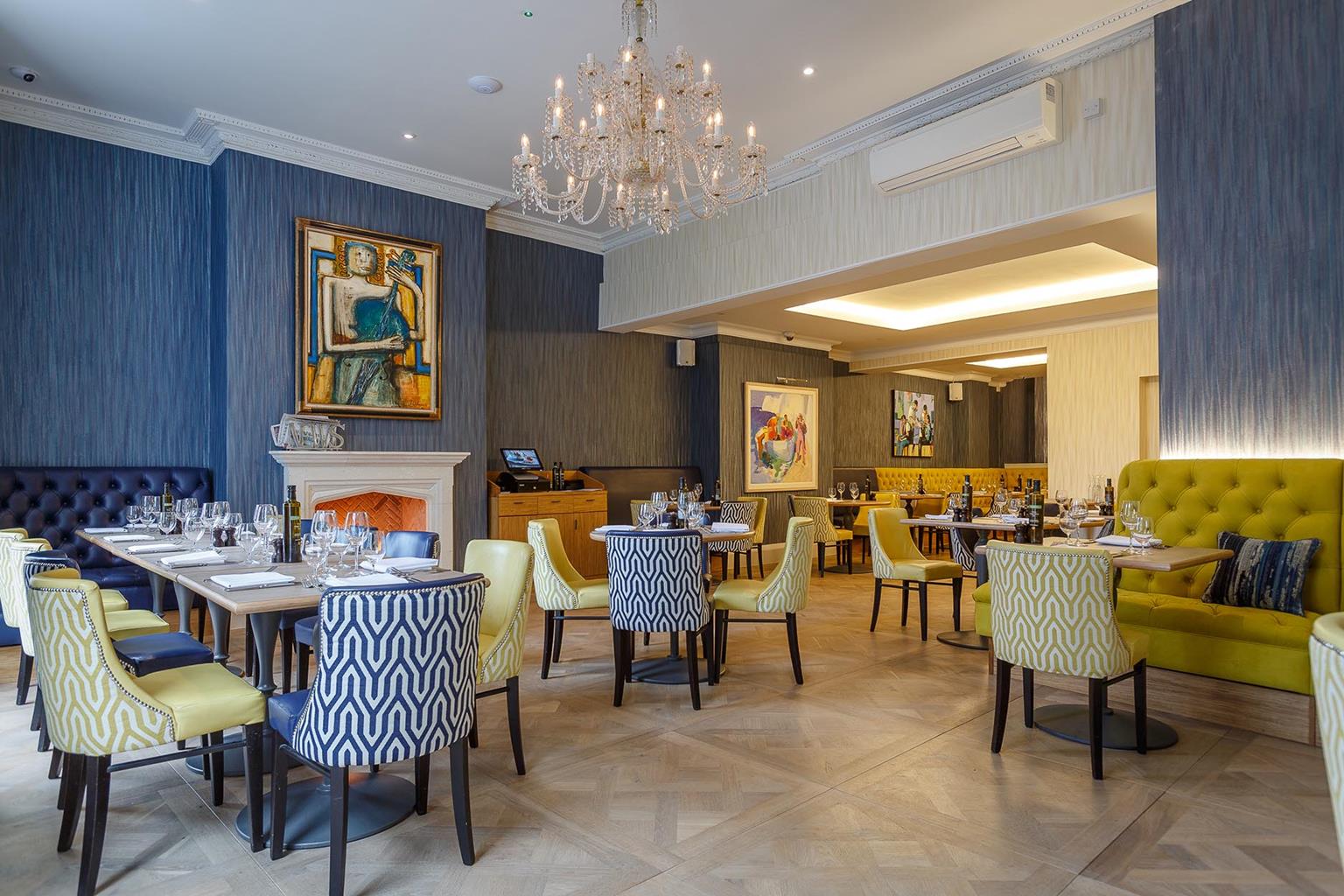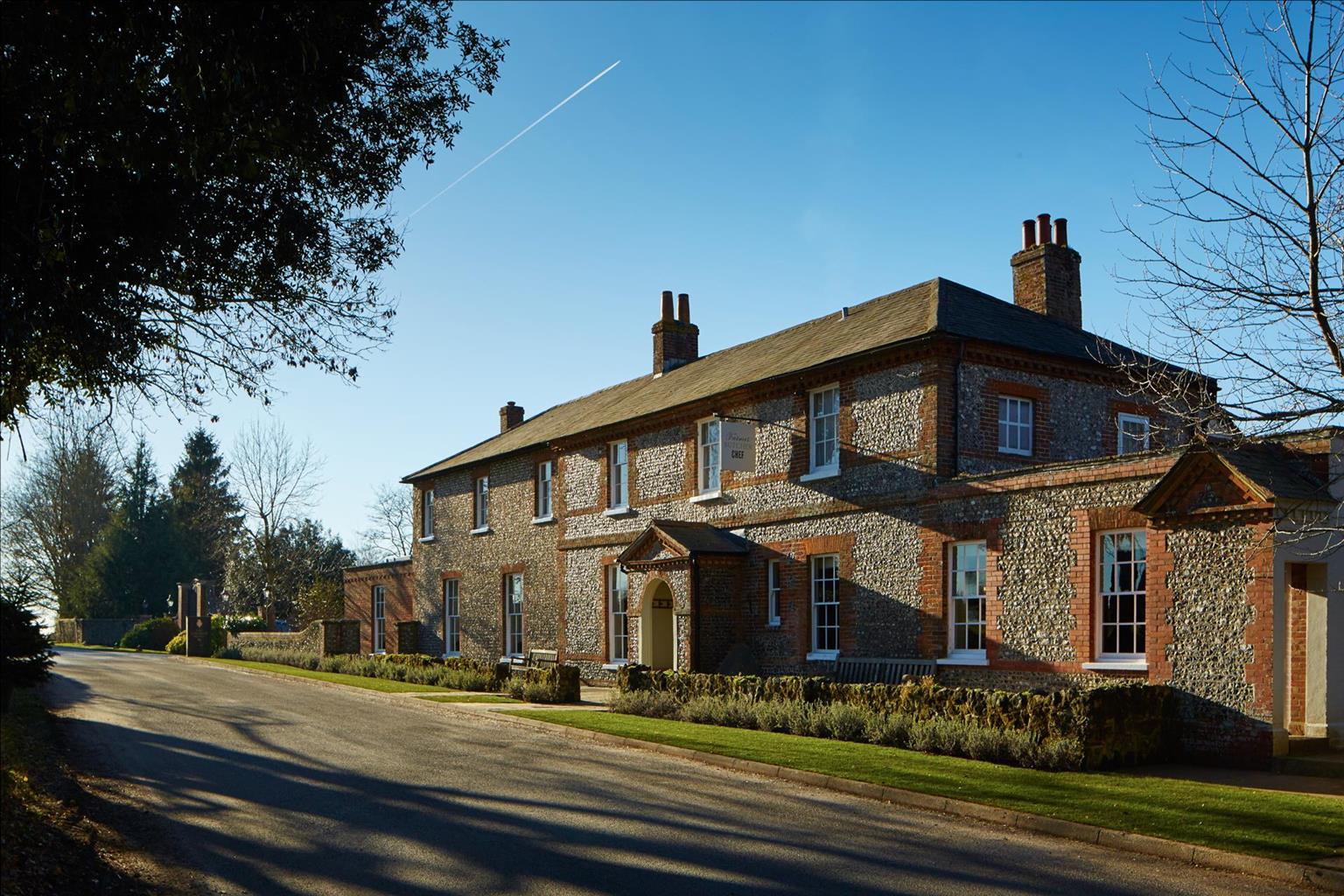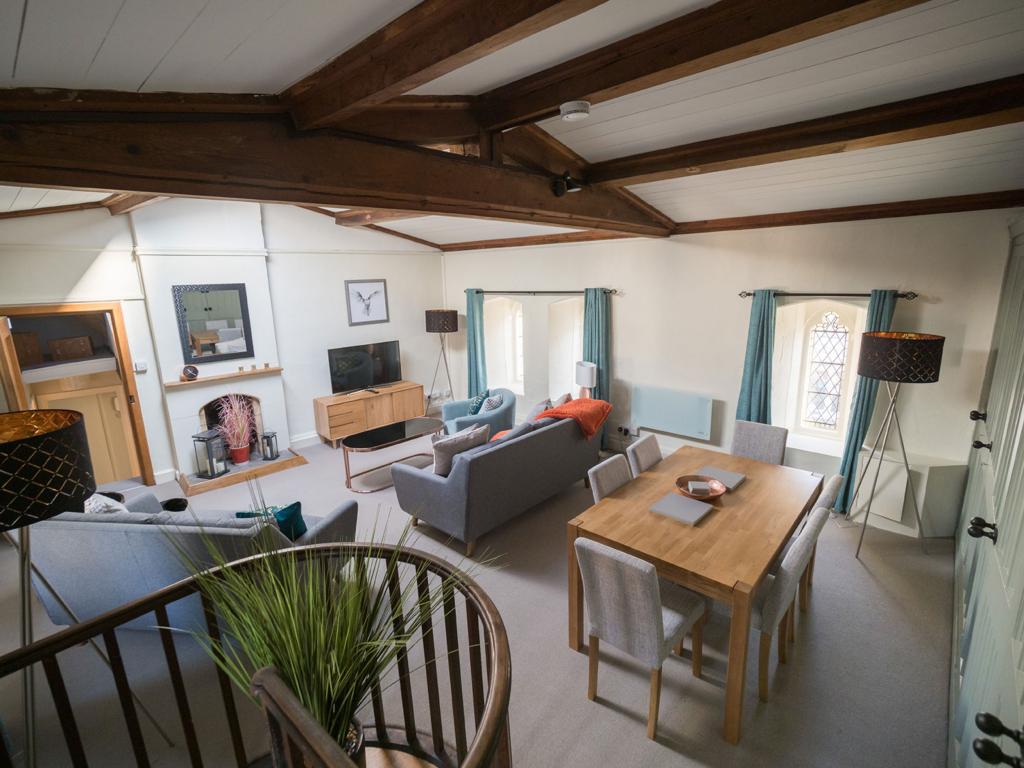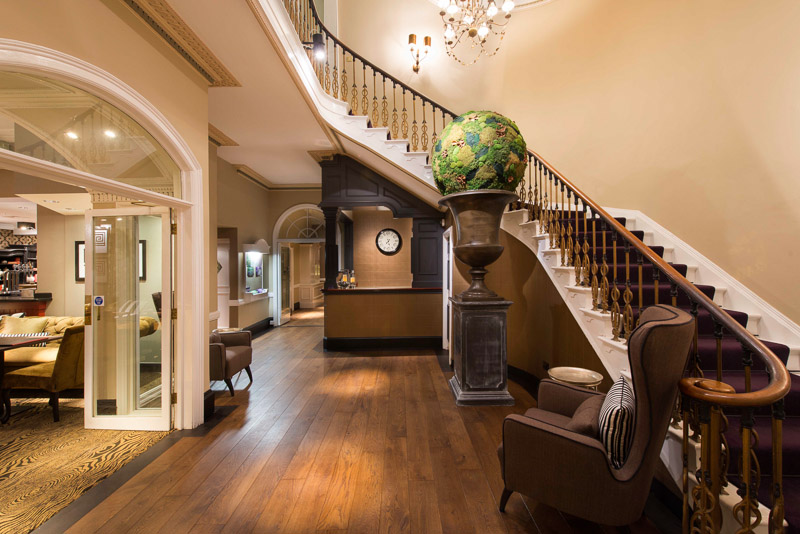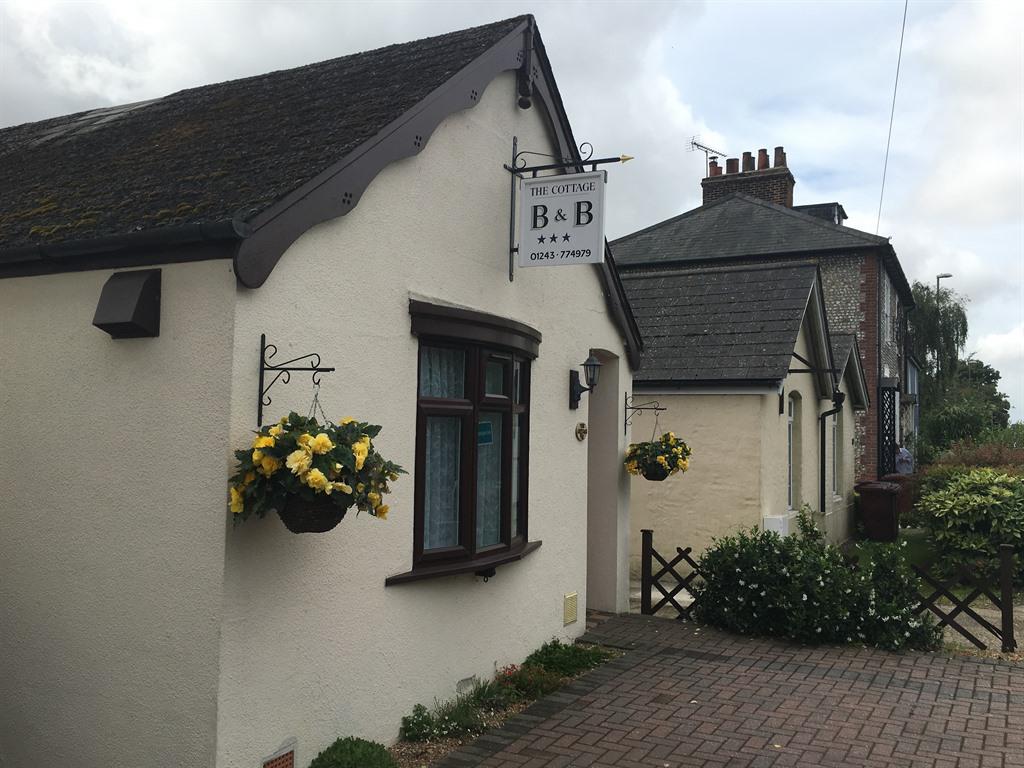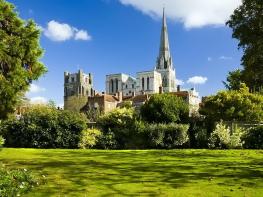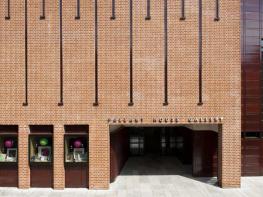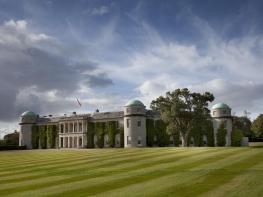Tucked away on a quiet private lane within the cathedral grounds, 4 Canon Lane is a tranquil…
Roman and medieval Chichester

A town stroll focused on Chichester’s walls and medieval past as well as its 19th-century canal heritage.
3 miles (4.8kms)
About the walk
The Mother Church of Sussex
Occupying most of the city’s southwest quadrant, the wonderful cathedral and its close dominate the city, the cathedral tower and spire soaring to 269ft (82m) and visible for miles around. The original see had been at Selsey, but was transferred to Chichester after the Norman Conquest, and work started on a grand new cathedral in the 1080s within the town’s old Roman walls. This was just as well – the site of the Saxon cathedral is now under the sea.
A dedication took place in 1108, probably with the choir and transepts completed, and work finished in the 1140s. A disastrous fire in 1187 that also destroyed much of the city led to a new east end, refacing of the interior walls, and a fireproof stone-vaulted roof. The spire was added in about 1400.
Towers toppled throughout the cathedral’s history; the most spectacular fall came just in the age of photography, and the aftermath was recorded. In 1861 the central tower collapsed, thus fulfilling the old prophecy “when Chichester spire shall fall, In England there’s no king at all’. (Indeed there wasn’t, for Queen Victoria was on the throne.) The tower and spire were rebuilt, a few feet higher, by the famous architect Sir George Gilbert Scott (1811–78).
A city girdled
A remarkable amount of the city walls that surrounded the Roman and medieval city survive. In three of the ‘quadrants’ you can walk along them on promenades built in the 18th century, and look over the city and its environs. The Georgians refaced the walls with flints and it now difficult to see much older material. The city walls were built around AD 200, with bastions added in the 4th century. As well as medieval improvement and additions, four gatehouses were built – they were only demolished in the late 18th century for road improvement.
Canal basin
The Chichester Ship Canal was built to improve city trade. The 4-mile (6.4km) long canal was designed to carry ships of up to 100 tons from the Chichester Channel and the sea to the city. The canal opened in 1822 but was effectively killed off by the railways, and finally closed to commerce around 1906. The basin has a converted warehouse, a customs house cottage and a waterside pub, but there are also some disastrous modern buildings and consequently it is hard to imagine it in its heyday.
Walk directions
Start outside the cathedral by the statue of St Richard of Chichester. Go past the cathedral entrance and through an archway into the cloisters, then right at the sign for the Palace Gardens into St Richard’s Walk. At the end turn left along Canon Lane (or detour right to visit the Palace Gardens, turning left after the archway; the gardens have magnificent views of the cathedral) and leave through the medieval gatehouse
Turn right into South Street and then go left along Old Market Avenue. Past Christ Church bear right and cross at the pedestrian lights to continue ahead across the railway on Basin Road to the Chichester Ship Canal basin; there are canal cruises from here daily in season. Turn right and right again to cross the railway again, this time by the station. Cross the ring road at the pedestrian lights and turn left, then right just before the car park bridge.
At the end of the car park bridge turn left along a gravelled walk, the city walls to your right. Cross the ring road, the Avenue de Chartres, and continue alongside a post and rail fence, going right at the end onto a foot and cycle path over a footbridge. At the road, Westgate, bear right to a roundabout. Cross by pedestrian lights to the right, then go left and cross West Street and into North Walls. Shortly ascend to the wall walk that takes you along the city wall’s northwest quadrant to descend into North Street at the end.
Turn left into North Street, then right to walk along Franklin Place, a long row of stucco early 19th-century cottages. At the end bear right and walk through a park, the city walls alongside. At the road (Priory Road) turn right, then right again into Priory Park via a gate. Immediately bear right and ascend to walk along the city walls walk. Descend through a play area and walk up onto the castle mound, which gives a good view of the 1270s Greyfriars church, before leaving the park beyond the church via the west gate (by the cafe).
Back on Priory Road, follow it to The Park Tavern and continue into St Martin’s Square and pass the medieval St Mary’s Hospital. Continue down St Martin’s Street past the Hole in the Wall pub and at the end turn left into East Street. Continue past the Doric portico of the former corn exchange and go right into St John’s Street.
Turn right into New Town and continue ahead at the crossroads into East Pallant, a fine run of Georgian town houses. At the Pallant crossroads on your right is Pallant House, now an art gallery. Continue along West Pallant to South Street and turn right towards Bishop Story’s Market Cross of 1501 and left here back to the cathedral.
Additional information
City streets and lanes, town wall walks and parks
The City of Chichester within and without the city walls
On a lead throughout this walk
AA walker's Map 20 Chichester & The South Downs
There are many car parks to choose in the city, mostly free on Sundays
At the cathedral at the start, and on the route in both Northgate Car Park and Priory Park
WALKING IN SAFETY
Read our tips to look after yourself and the environment when following this walk.
Find out more
Also in the area
About the area
Discover
Nearby stays
Restaurants and Pubs
Nearby experiences
Recommended things to do
Why choose Rated Trips?
Your trusted guide to rated places across the UK
The best coverage
Discover more than 15,000 professionally rated places to stay, eat and visit from across the UK and Ireland.
Quality assured
Choose a place to stay safe in the knowledge that it has been expertly assessed by trained assessors.
Plan your next trip
Search by location or the type of place you're visiting to find your next ideal holiday experience.
Travel inspiration
Read our articles, city guides and recommended things to do for inspiration. We're here to help you explore the UK.


